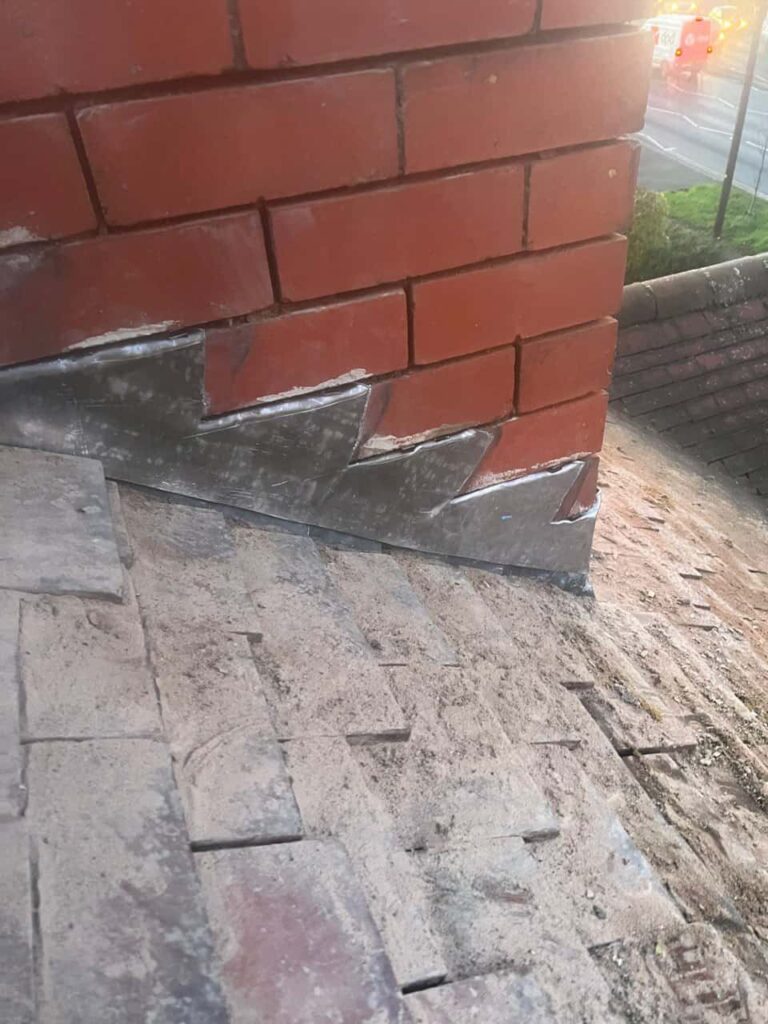When it comes to re-roofing older properties, the question of whether old slate tiles can be reused often arises. Slate is renowned for its longevity and natural beauty, making it one of the few materials that can outlast the roof structure itself. At Linton Roofing Repairs, we’ve worked on numerous roofing projects across Linton and the wider Cambridgeshire area where slate reuse was a practical and sustainable choice. However, it’s not always suitable — and understanding when and how it can be done properly is essential.
The Durability of Slate Roof Tiles
Slate is a natural stone that, when quarried and maintained correctly, can last well over a century. Its durability and weather resistance are unmatched by most roofing materials, making it ideal for both heritage properties and modern homes. However, the ability to reuse slate depends largely on its current condition and how it was handled during removal.
When installed professionally, high-quality slate can easily outlive the fixings, battens, and underlayment beneath it. This means that, during a re-roofing project, the slate itself may still be viable even though the supporting structure requires renewal.
When Reusing Slate Is a Good Option
There are specific situations where reusing existing slates is both feasible and advisable.
1. When the Slates Are Structurally Sound
A thorough inspection will reveal whether the slates are still intact and free from cracks or delamination (when the layers within the slate begin to split). Only strong, stable slates should be considered for reuse.
2. When They Are of High Quality or Historical Value
Older Welsh or Spanish slates, for example, are known for their strength and timeless appearance. If the slates are of superior quality, they can often be reused to preserve both aesthetics and heritage.
3. When Sustainability Is a Priority
Reusing slate reduces waste and supports sustainable construction. Many homeowners in Cambridgeshire are now choosing to recycle existing slates as part of eco-friendly building practices.
4. When You’re Aiming for a Traditional Finish
For period homes or heritage buildings, keeping the original slate helps maintain the property’s character. Mixing older slates with new ones of similar quality can also achieve a seamless, authentic look.
Factors That Can Prevent Reuse
Despite its strength, not all slate can be reused. Some key factors may prevent its suitability:
- Cracking or Flaking: Exposure to frost, temperature fluctuations, and impact over the years can cause the slate to weaken.
- Weathering and Erosion: Slates that have lost their surface layer may absorb more moisture, reducing their lifespan.
- Corroded Nail Holes: Over time, nail holes may enlarge or crumble, making it difficult to refix the slates securely.
- Mixed Quality Slates: Some roofs contain a combination of old and newer slates. If the difference in condition or type is significant, reusing them may lead to uneven wear.
A professional assessment from an experienced team such as Linton Roofing Repairs is essential to determine whether your slates are suitable for reuse.
The Reinstallation Process
Reusing slate tiles requires skill and precision. Each slate must be carefully removed, cleaned, and inspected before being refitted. Typically, damaged or weak tiles are replaced with new ones of matching type and thickness to maintain a consistent appearance.
During reinstallation:
- The roof’s structure, battens, and underlayment are renewed for long-term stability.
- Each slate is re-holed or fixed using copper or stainless steel nails to prevent corrosion.
- Attention is paid to alignment, overlap, and headlap to ensure proper water runoff.
At Linton Roofing Repairs, we approach each re-roofing project with the care and expertise required to achieve a flawless, long-lasting finish using both reclaimed and new materials.
Benefits of Reusing Slate
There are several compelling advantages to reusing quality slate tiles:
- Longevity: Well-maintained slate can last for decades, even when reused.
- Aesthetic Appeal: Reclaimed slate preserves the traditional look and natural variation that new materials can’t replicate.
- Environmental Impact: Reuse significantly reduces waste and the carbon footprint associated with quarrying and transporting new materials.
- Cost Efficiency: Although every project differs, reusing slate can often reduce material waste and make the most of what’s already available.
When Replacement Is the Better Choice
If inspection reveals that a large portion of your existing slates are damaged or degraded, it’s more practical to opt for full replacement. A new slate roof ensures uniform strength, appearance, and performance — particularly for properties that have experienced decades of harsh weather exposure.
Professional roofers can often blend salvageable slates with new ones, achieving a balance between heritage preservation and modern protection.
Conclusion
Reusing old slate tiles can be an excellent choice for extending the life of your roof — provided the materials are in good condition and reinstalled by professionals with the right expertise. When handled properly, reclaimed slate offers timeless beauty, sustainability, and durability that few roofing materials can match.
For homeowners in Linton and across Cambridgeshire, Linton Roofing Repairs provides expert inspection and re-roofing services, ensuring that every reused slate is fitted to the highest standard. With professional care and craftsmanship, your roof can continue to protect and enhance your home for generations to come.
Call us on: 01223 655 294
Click here to find out more about Linton Roofing Repairs
Click here to complete our contact form and see how we can help with your roofing needs.

